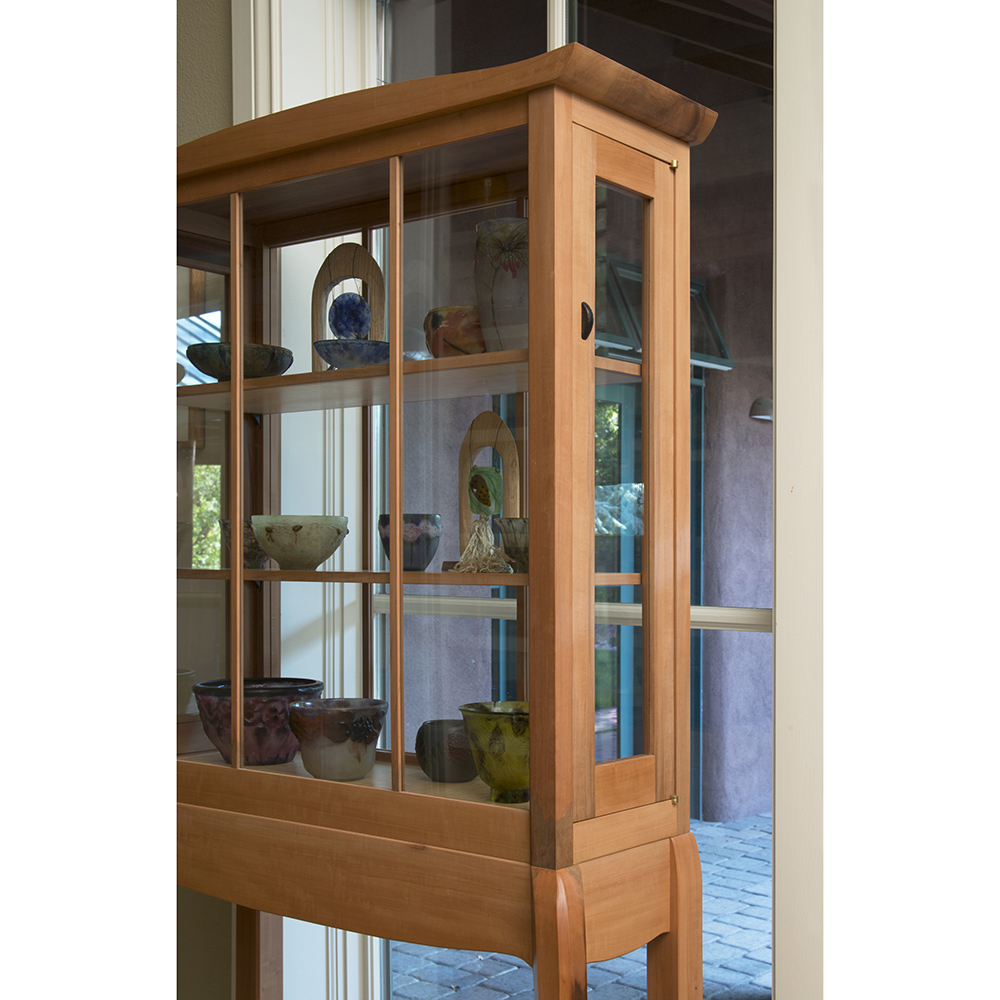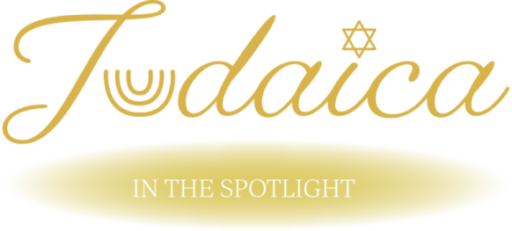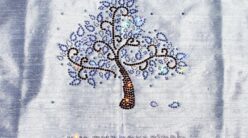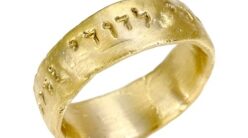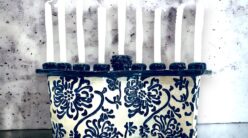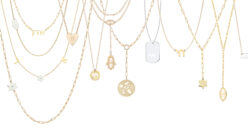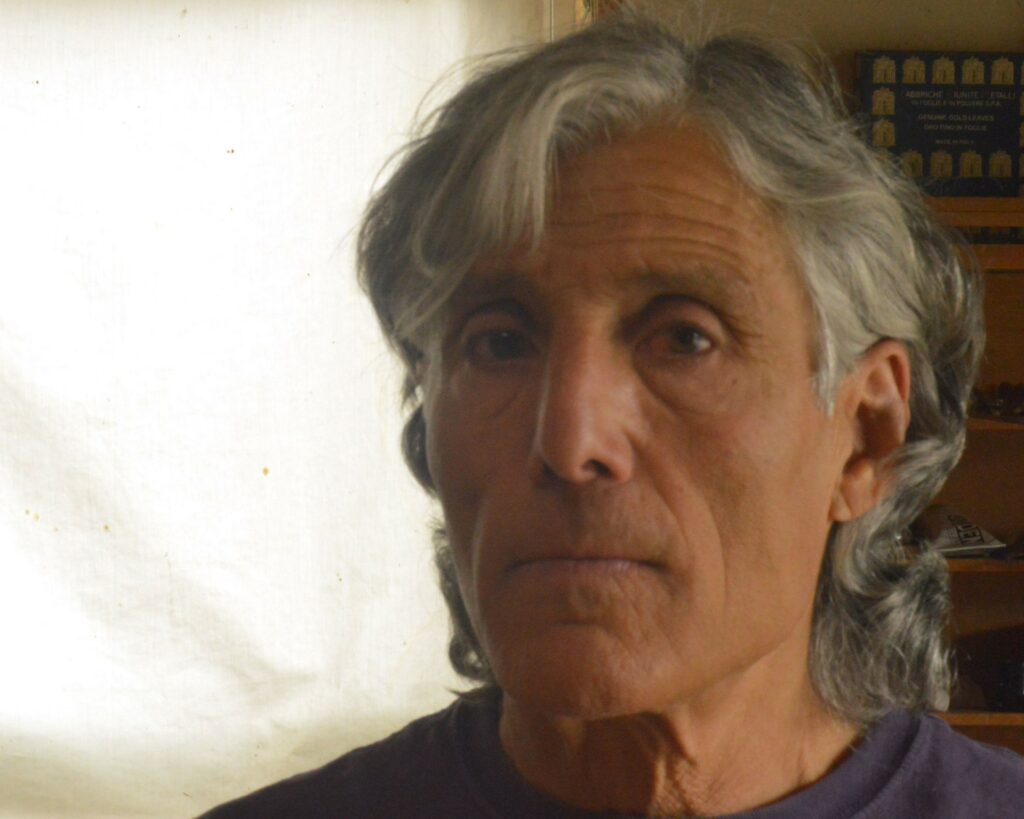
Hershel Mutka Weiss was born and raised in New York City and lives in Albuquerque, New Mexico, USA. He has been a woodworker since he could lift a handsaw. At age twelve he built a step stool for his grandmother to enable her to reach the Passover dishes. In 1985-1986 he studied at the Fine Woodworking Program of the College of the Redwoods in Mendocino County, California, with renowned Cabinetmaker James Krenov.He helped establish the Fine Woodworking Program at Santa Fe Community College in New Mexico and taught there for six years in the 1990s.He has built four synagogue arks as well as numerous one-of-a kind furniture pieces by commission and over a thousand mezuzot from found tree branches.
Tell us a little bit about yourself and your background.
Besides working wood, I am a student of the Spanish language and I participate in a weekly translating group. Currently we are translating the poetry of Emma Lazarus, a nineteenth century Sephardi Jew who wrote the poem at the base of the Statue of Liberty. I also love creative writing and for many years have been part of a writing group that meets once a week.
My father used the word “mechanic” to describe anyone who was good at their job. Whether you were an accountant, plumber, or flight attendant, surgeon or woodworker; if you cared about what you did, and did it well, you earned the title “good mechanic”, the highest praise. My father’s father, a tailor, fitted the bill, and I am trying to do the same.
What inspired you to become an artist?
My parents loved to go “antiquing”, which meant going to junk stores, where my father looked for old tools and my mother looked for beautiful objects, anything from an old coffee pot which she transformed by painting it black and then adding a delicate red and yellow border, or a vintage Chinese cloisonné lamp, or an old cabinet I’d help my father restore. My mother also crocheted, knitted, and sewed, always busy making something more beautiful than it was before. But none of this was thought of as art.
In fact it has taken me a long time to feel comfortable using the word “artist” to describe myself. In woodworking school the term was viewed as pretentious.
My parents’ greatest passion was revolution. I think they saw art as a tool to transform the world. And I became fascinated with tools at a very early age.
What is your specialty?
My training as a woodworker is in fine cabinetmaking, I am currently building my fifth synagogue ark which is the cabinet I most love to build. In 1990 the idea to make mezuzahs from tree branches came to me. I have made well over a thousand since then and continue to love the process. The spontaneity of the carving is an antidote to the slow painstaking work of bigger projects which typically take many months to complete.
How and where do you work?
I am fortunate and very grateful to have a beautiful workshop on the campus of the synagogue I have been part of since 1983. The congregation bought an abandoned Baptist church in 2000 and converted it to a synagogue. My workshop is in the same wing as the classrooms. I have a work exchange for rent and over the last twenty years I have been instrumental in creating an orchard and vineyard where there was an asphalt parking lot surrounded by chain link fence. I have helped repair and restore the old buildings and am responsible for their maintenance. I can hear the school children every day and love when they come into my workshop to visit. I have even taught woodworking to the first and second graders. Roadrunners frequent the courtyard, and one has come into my workshop a few times to befriend me. In the early summer skunks and raccoons come at night to steal the young grapes. Each fall and late winter the calls of migrating Whooping Cranes and Canadian Geese are musical reminders of the changing seasons.
Every day I give back to the Jewish community that provides me a workshop, always trying to make things more beautiful, like my mom did.
What is the most indispensable item in your workshop?
Nothing happens without tools and nothing happens without wood. The light from three skylights, three north facing windows and three facing east is also indispensable.
Where do you take your inspiration? Are you pursuing any themes?
Wood is an inspiring material, so varied plank to plank, branch to branch, tree to tree. When you touch it and look closely, it can tell you what it wants to become.
I am also inspired by the Islamic architecture of medieval Spain because my Sephardi ancestors lived there.
What projects are you currently working on?
I’m building my fifth Aron Kodesh which I call the Yellow Ark. Its form is based on Islamic architecture from Spain’s Middle Ages, the era known as “Convivencia”.
What is favourite item in your current collection?
I really like the way the Sitka spruce mezuzah in my Etsy store turned out.
How do you know when a piece is finished?
Well, that’s a really good question. My perfectionism causes me to have a tendency to “overwork” more complex pieces and it’s hard to know when to stop. I have to tell myself it will never be perfect in order to leave it alone and be done. When making a mezuzah, it is done when the final plane stroke reveals the carved and painted letter shin.
Do you do bespoke work?
At this late stage of my career I am selective about taking on bespoke work but I consider carefully any and all requests.
What was the first artwork you ever sold?
Probably a leather belt I made when I was 14.
Which project have you enjoyed working on the most so far?
Every Aron Kodesh I have made has been a spiritual journey with great personal rewards.
What do you want to achieve with your work and what are your wishes for the future?
We are routinely deceived by shoddily made products. The manufacturer puts most of their effort into the surface and very little into soundness. What you see on the outside does not reflect what is in the inside. I strive to do the opposite: build a thing that is well made but doesn’t brag about it.
Although I love concentrating on precise details, I also love wild and spontaneous expression, unplanned and not thought out. I strive to have both sides of the creative process in my work and want to become much better at combining the two.
Where can we find your work?
www.hershelweiss.com
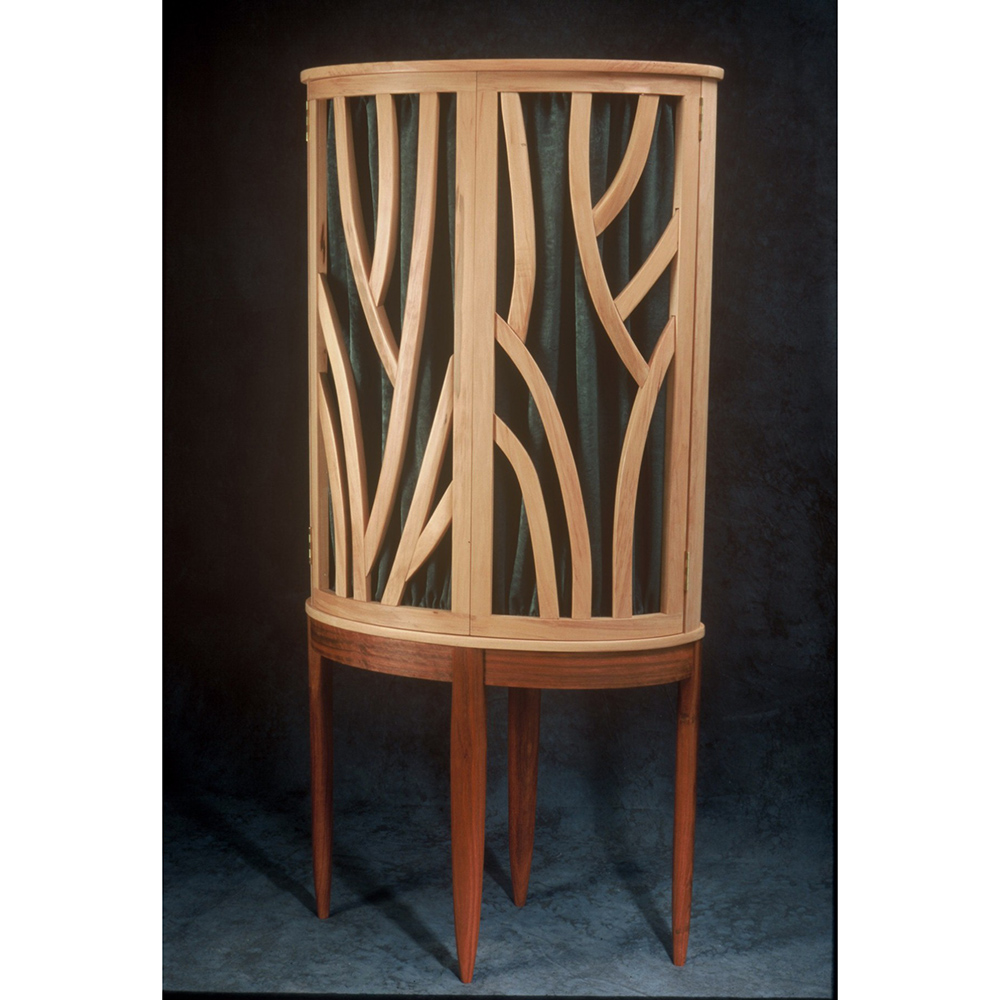
Aron Kodesh for Ha Makom 
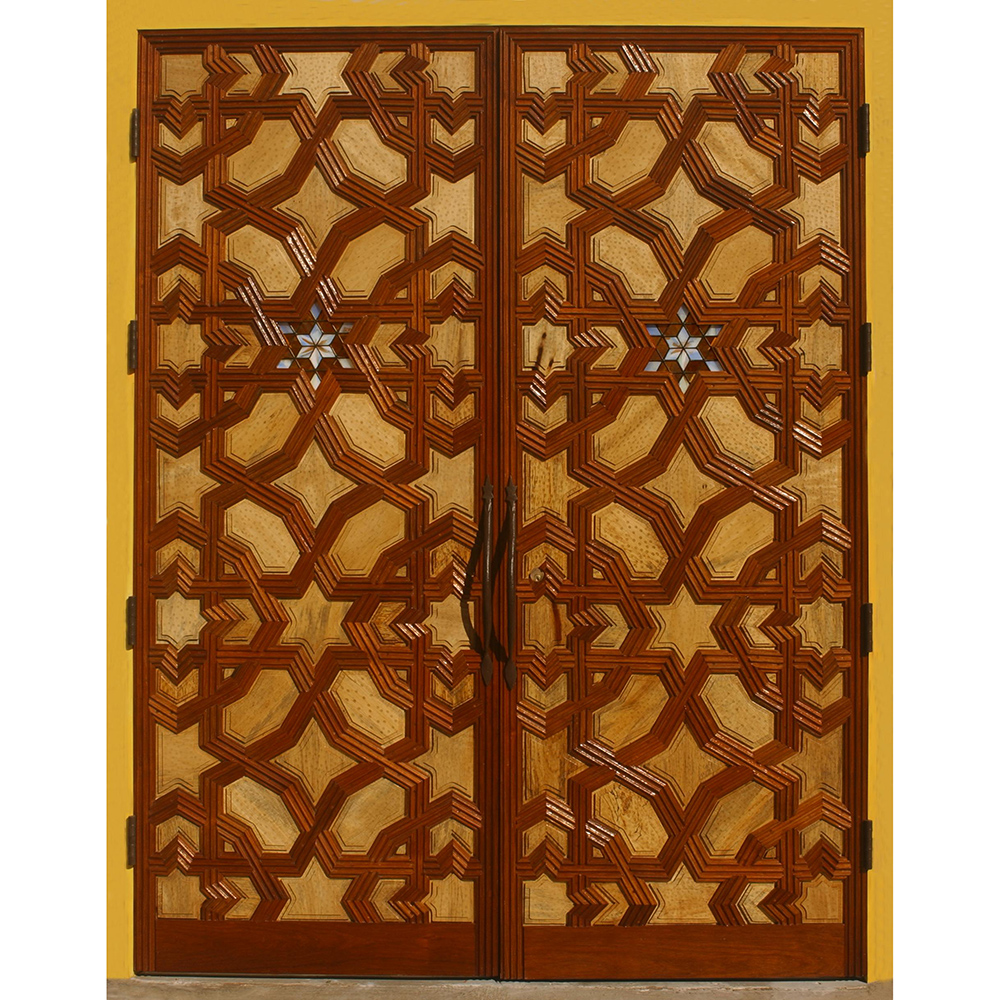
Synagogue Doors 